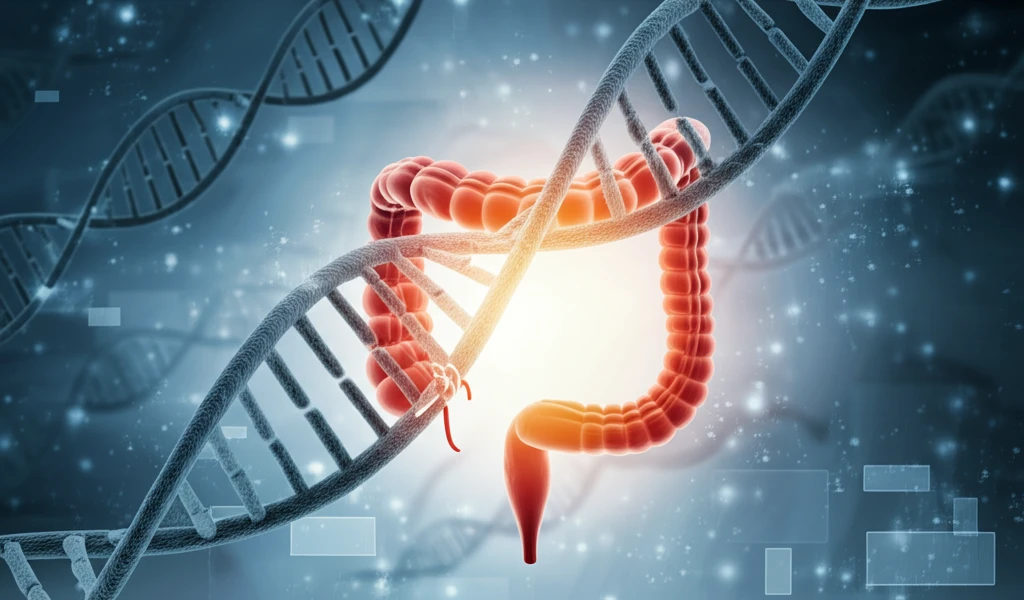
Unlocking IBD: How Cutting-Edge Research is Changing the Game for Ulcerative Colitis and Crohn's Disease
"From genetic distinctions to novel therapeutic targets, discover the latest breakthroughs transforming the landscape of inflammatory bowel disease."
Inflammatory bowel disease (IBD), encompassing Crohn's disease (CD) and ulcerative colitis (UC), affects millions worldwide, causing chronic inflammation and significant disruption to quality of life. While the exact causes remain elusive, recent studies are unraveling the complex interplay of genetics, environmental factors, and the immune system in the development and progression of IBD.
This article delves into the most promising research presented in recent AGA abstracts, shedding light on novel approaches to understanding, diagnosing, and treating IBD. From identifying distinct genetic signatures in UC to exploring innovative therapeutic targets in CD, these findings offer hope for more personalized and effective management strategies.
We'll break down complex scientific concepts into easy-to-understand language, highlighting the key takeaways and their potential impact on patients and healthcare professionals. Whether you're living with IBD, caring for someone who is, or simply interested in the latest advancements in medical research, this article will provide valuable insights into the evolving world of IBD.
Decoding UC: Gene Expression Patterns and Disease Demarcation

One of the intriguing aspects of ulcerative colitis is the sharp demarcation between inflamed and unaffected areas in patients with limited disease extent (E1/E2). A recent study explored the molecular mechanisms defining this anatomical delineation, seeking to understand why some patients with limited UC eventually experience disease extension. Researchers performed RNA-seq analysis on gut biopsies from UC patients, carefully sampling both inflamed and uninvolved areas at varying distances from the endoscopic demarcation.
- 'Slope geneset': Genes that progressively changed in expression as the distance from the site of inflammation increased. These genes were involved in acute and chronic inflammatory processes, suggesting that the reach of inflammation extends further than what is visibly observed during endoscopy.
- 'Wall geneset': Genes that abruptly changed in expression at the first adjacent region to the inflamed biopsy and did not change further. This included a subset of inflammatory genes, as well as integrins and adhesion molecules, suggesting their importance in modulating the progression of extensive inflammation. Key genes in this set included IL23A, IL22, TNF, and IL10.
Looking Ahead: Personalized Medicine and the Future of IBD Care
The research highlighted in these abstracts underscores the growing importance of personalized medicine in IBD management. By understanding the genetic and molecular underpinnings of these complex diseases, researchers and clinicians are paving the way for more targeted and effective therapies, ultimately improving the lives of those affected by IBD. From identifying predictive biomarkers to developing novel therapeutic strategies, the future of IBD care is looking brighter than ever.
